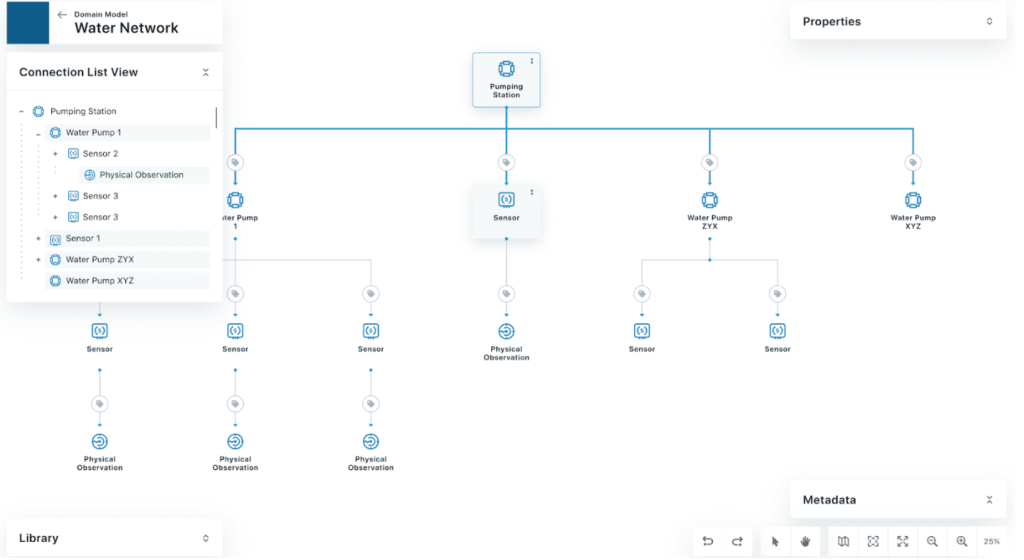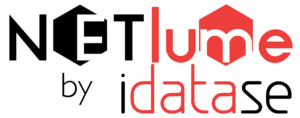
Water is a finite and vital resource, and its efficient management has become increasingly crucial in the face of climate change and population growth. Fortunately, the integration of the Internet of Things (IoT) with water networks is revolutionizing the way we monitor, manage, and conserve water resources. In this article, we explore the intricate relationship between IoT and water networks and examine how this synergy is transforming the water industry.
IoT’s Role in Water Monitoring
- IoT technologies have paved the way for real-time monitoring of water systems. Through the deployment of smart sensors and devices, water utilities can collect comprehensive data on various aspects of water supply, including water quality, consumption patterns, and leak detection. This data is invaluable for early detection of issues and proactively addressing them, ultimately reducing water wastage and ensuring a more reliable water supply.
Enhancing Water Distribution Efficiency
- Efficient water distribution is paramount for both urban and rural areas. IoT-enabled smart meters provide utilities and consumers with real-time information on water consumption, enabling better management and conservation efforts. These meters can detect leaks promptly, reducing water losses and preventing costly damage to infrastructure.
Smart Irrigation in Agriculture
- Agriculture consumes a significant portion of the world’s freshwater resources. IoT-based smart irrigation systems utilize soil moisture sensors and weather data to optimize irrigation practices. Farmers can make data-driven decisions on when and how much to water their crops, leading to reduced water consumption and increased crop yield.
Addressing Water Quality and Contamination
- Ensuring water quality is a top priority for water utilities. IoT sensors can continuously monitor water quality parameters such as pH levels, turbidity, and contaminants. Any deviations from acceptable standards trigger immediate alerts, allowing swift corrective actions to be taken to safeguard public health.
Challenges and Concerns
- While the integration of IoT with water networks offers immense benefits, it also poses challenges. Security and privacy are critical concerns, as any breach of IoT systems could compromise sensitive data and water infrastructure. Adequate cybersecurity measures and privacy safeguards are essential to mitigate these risks.
- Costs associated with implementing IoT solutions can be a barrier for smaller utilities. Community-wide support and clear communication about the benefits of IoT integration are vital for successful adoption. Additionally, the downtime required for system upgrades must be carefully managed to avoid disruptions in water supply.
Conclusion
The relationship between IoT and water networks is transforming the water industry. By harnessing the power of IoT technologies, we can monitor water systems in real-time, enhance distribution efficiency, improve water quality, and conserve this precious resource. However, it is crucial to address challenges such as security, privacy, and implementation costs to ensure the seamless integration of IoT into our water networks. With the continued advancement of IoT solutions, we are well-positioned to create a sustainable and efficient water management system for the benefit of communities and the environment alike.
